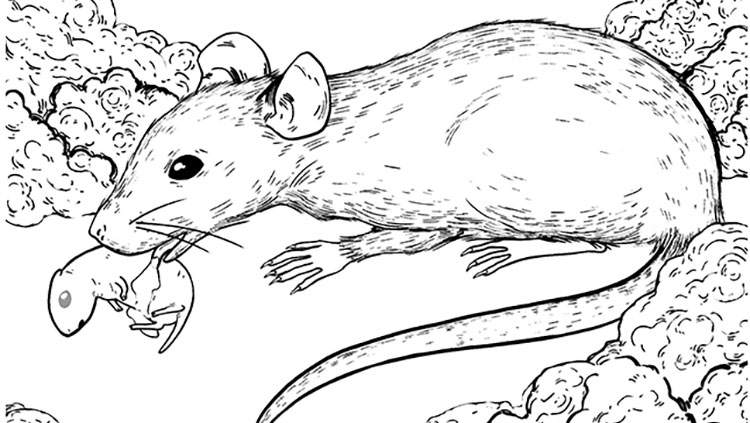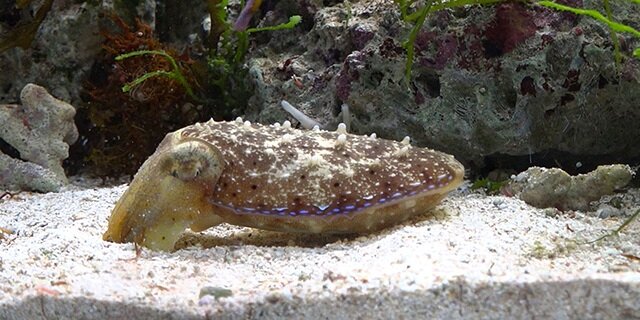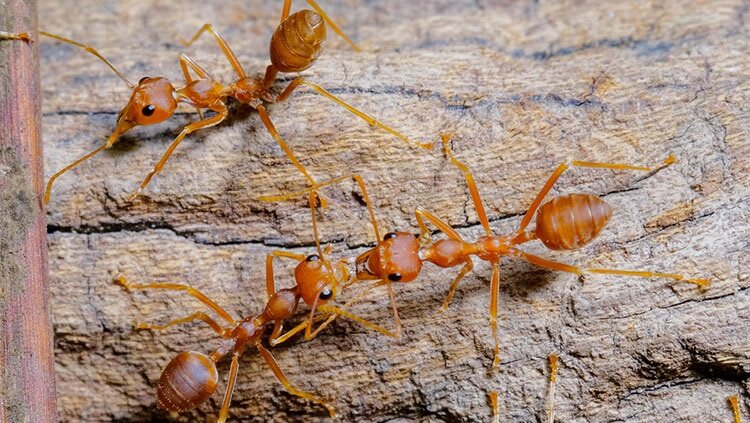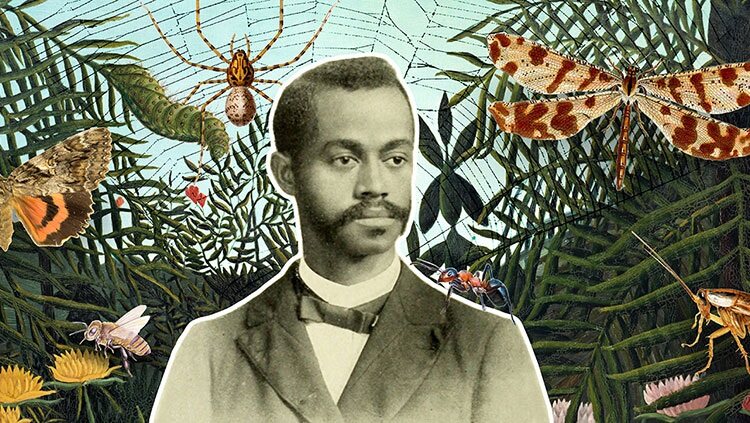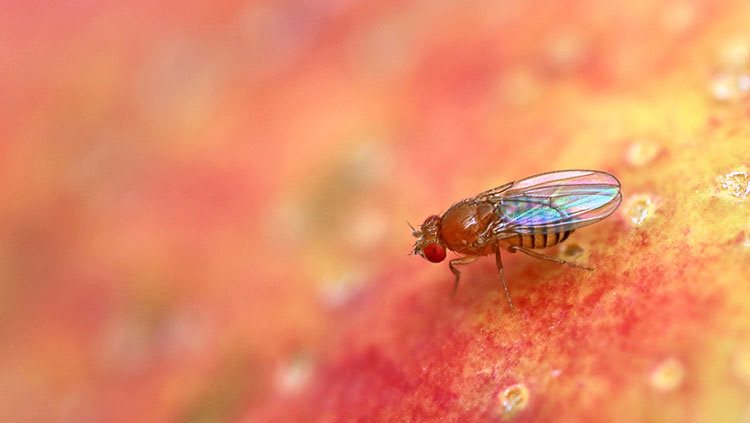Scientists Make the World's First Genetically Engineered Marsupials
- Published9 Aug 2021
- Author Alexis Wnuk
- Source BrainFacts/SfN
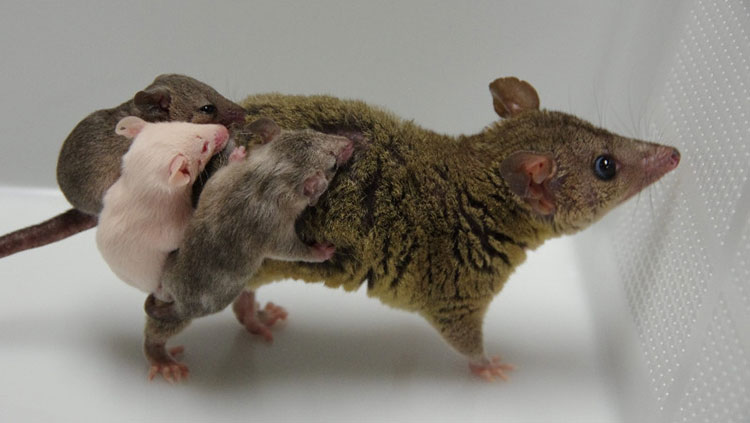
When it comes to lab animals, opossums are a developmental biologist’s dream. Females give birth to pups after just 15 days of gestation. After climbing out of the womb, the pups latch on to a nipple and finish developing externally, offering scientists a rare glimpse of a process that, in all other mammals, is hidden from view. Gene-editing techniques like CRISPR allow scientists to target genes to quiet or amplify. With it, opossums could reveal even more tantalizing clues about the course of development.
But there’s a problem: opossum embryos are encased in a tough shell-like membrane, impenetrable to the slender needle used to inject CRISPR technology. Scientists at Japan’s RIKEN Center for Biosystems Dynamics Research recently found a way in. They hooked the needle up to a device called a piezoelectric actuator, which converts an electrical signal into a precise, high-force movement. The combo enabled them to pierce the shell without damaging the embryo, the researchers reported July 21 in Current Biology. They targeted the gene responsible for pigment production, resulting in a litter of albino pups — the world’s first genetically engineered marsupials.
The findings may open new doors for neuroscientists studying nerve cell regeneration. Unlike adults, young opossums can regenerate a severed spinal cord. Understanding the genes at play may help scientists unravel the molecular alchemy underlying this regenerative potential.
CONTENT PROVIDED BY
BrainFacts/SfN
Also In Animals in Research
Trending
Popular articles on BrainFacts.org



